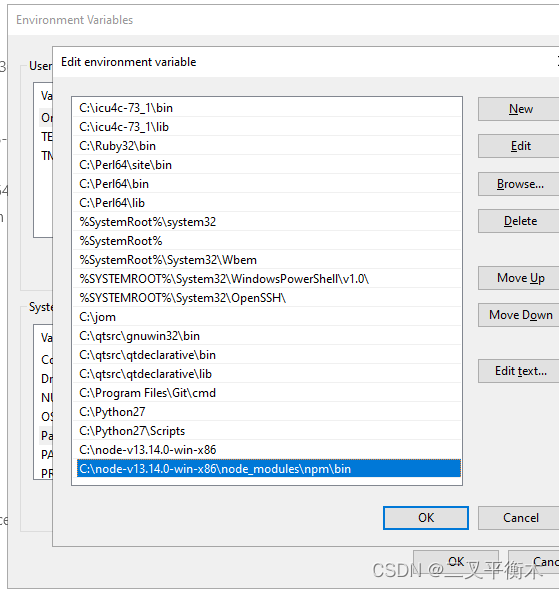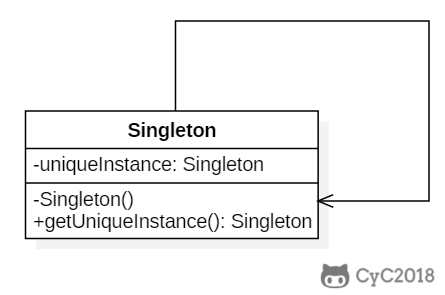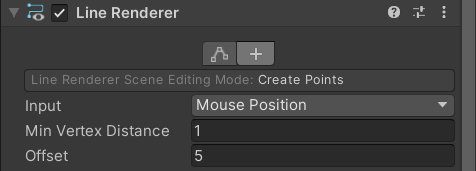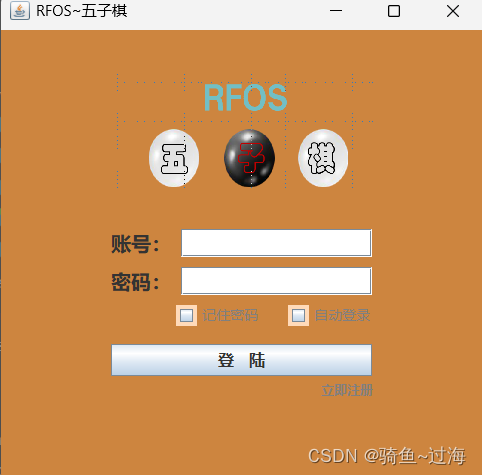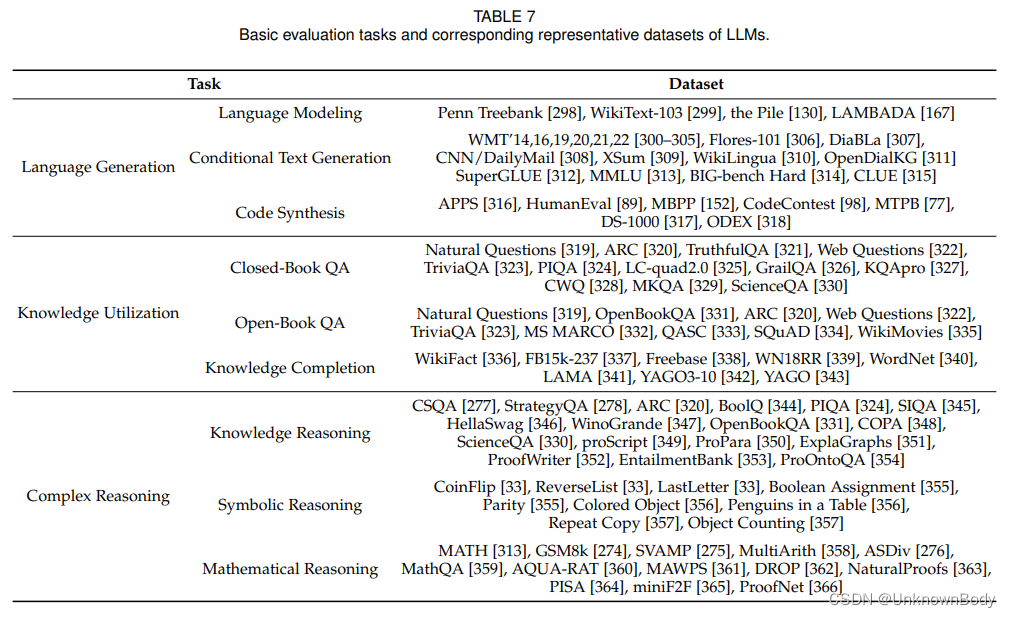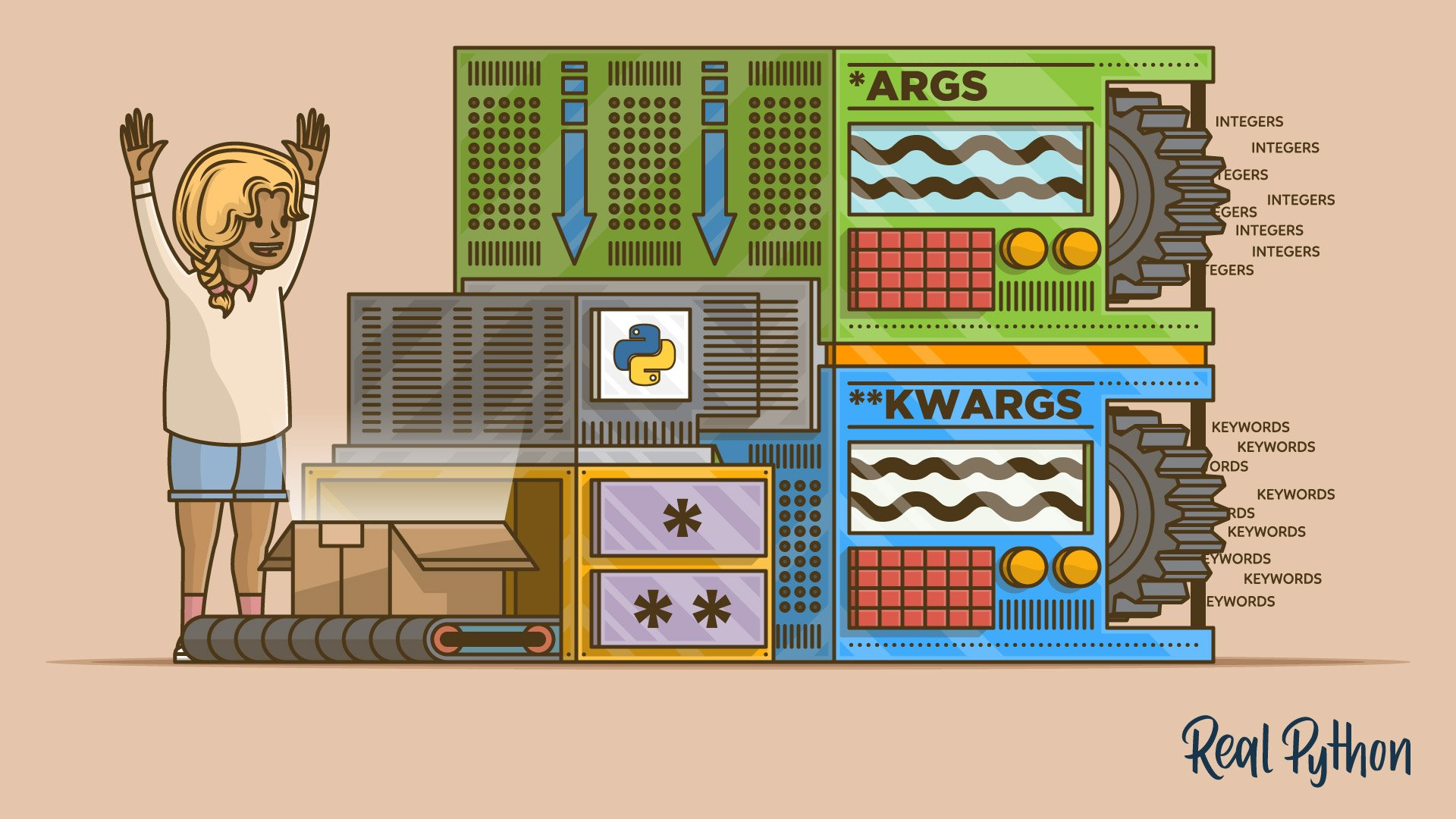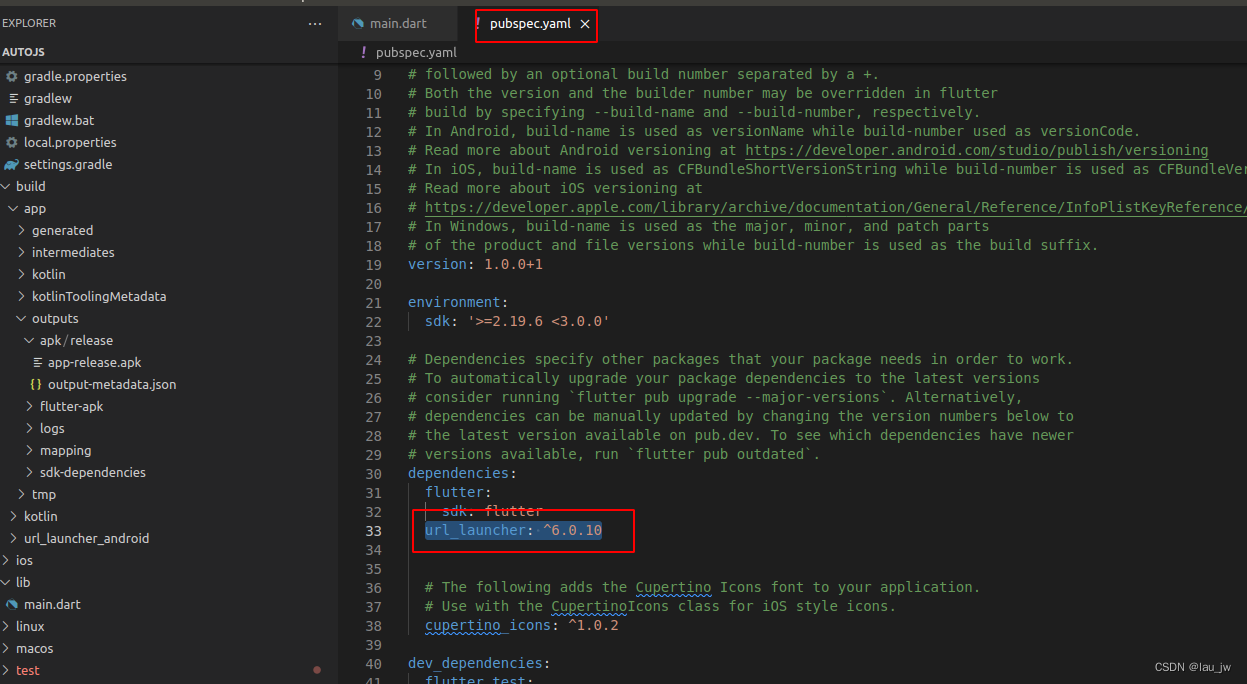Flask是一个使用 Python 编写的轻量级 Web 应用框架。其 WSGI 工具箱采用 Werkzeug ,模板引擎则使用 Jinja2 。Flask使用 BSD 授权。
Flask也被称为 “microframework” ,因为它使用简单的核心,用 extension 增加其他功能。Flask没有默认使用的数据库、窗体验证工具。
PyMySQL 是在 Python3.x 版本中用于连接 MySQL 服务器的一个库,Python2 中则使用 mysqldb。
PyMySQL 遵循 Python 数据库 API v2.0 规范,并包含了 pure-Python MySQL 客户端库。
一.环境配置
flask库和pymysql库使用pip接口进行安装:
pip install flask
pip install pymysqlpip接口详细说明可以看:https://blog.csdn.net/pengneng123/article/details/129556320
二.实际应用
1.首先先实现mysql的主程序,新建xxx.py文件:
import pymysql
class Mysql(object):
def __init__(self):
try:
self.db = pymysql.connect(host="localhost",user="root",password="密码",database="数据库名称")
#游标对象
self.cursor = self.db.cursor()
print("连接成功!")
except:
print("连接失败!")
# 查询数据函数
def getdata(self):
sql = "select * from 表名"
#执行sql语句
self.cursor.execute(sql)
#获取所有的记录
results = self.cursor.fetchall()
return results
#关闭
def __del__(self):
self.db.close()2.然后新建另一个xxx.py文件,运行flask框架,调用编好的html,实现web端输出数据库表内容。
flask文件
from flask import Flask,render_template,request
app = Flask(__name__)
@app.route("/select",methods=['GET','POST'])
def select():
#调用
db = Mysql()
results = db.getdata()
return render_template("select.html",results=results)
if __name__ == "__main__":
app.run(app.run(debug=True,port=5000,host='127.0.0.1'))html文件
<body>
<div>
<h4>查询数据</h4>
<table border="1" width="30%" weight="30%">
<thead>
<tr>
<th>id</th>
<th>worknumber</th>
<th>name</th>
<th>gender</th>
<th>age</th>
<th>idcard</th>
<th>entrydate</th>
</tr>
</thead>
<tbody>
{% for result in results %}
<tr>
<td>{{ result[0]}}</td>
<td>{{ result[1]}}</td>
<td>{{ result[2]}}</td>
<td>{{ result[3]}}</td>
<td>{{ result[4]}}</td>
<td>{{ result[5]}}</td>
<td>{{ result[6]}}</td>
<td><a href="/delete?id={{ result[0] }}"><button>删除</button></a></td>
<td><a href="/submit_insert"><button>插入</button></a></td>
<td><a href="/submit_update"><button>修改</button></a></td>
</tr>
{% endfor %}
</tbody>
</table>
</div>
3.运行flask文件,网页输入http://127.0.0.1:5000/select
输出:
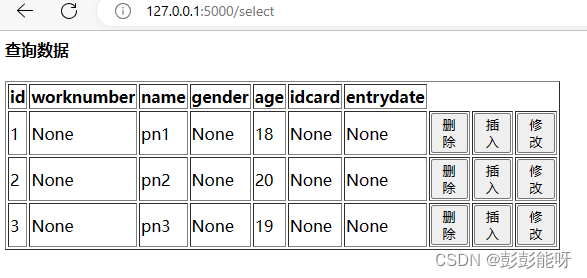
三.总结
删除、插入、修改等操作同查询一样,这边就不放代码了!
